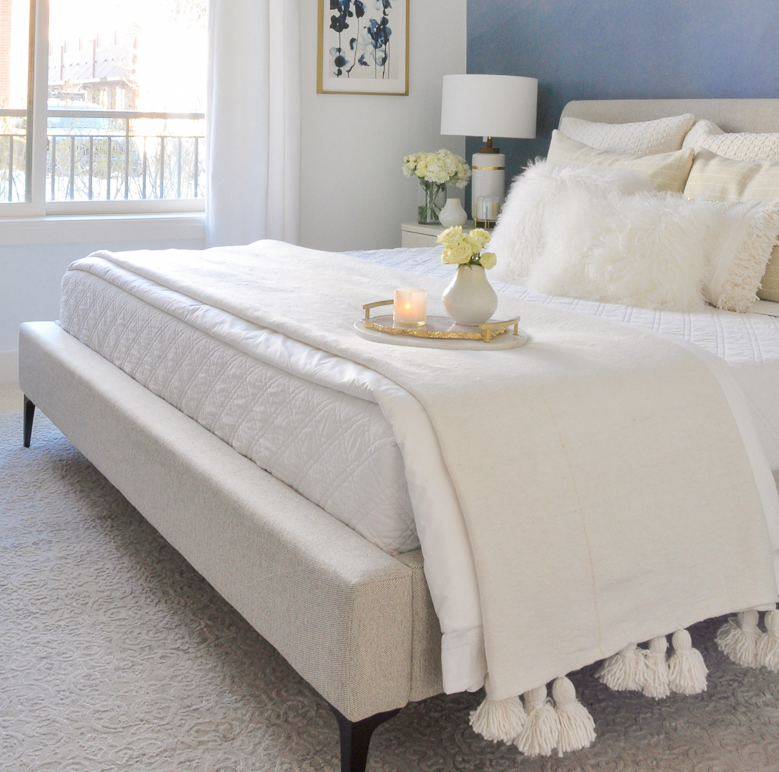Potential Drawbacks and Concerns
Even though there are benefits, there are also potential drawbacks to consider. Damp sheets can create a breeding ground for mold and mildew, particularly in humid environments. This could result in unpleasant odors and potential health concerns. In addition , sleeping on damp sheets might be uncomfortable for some, especially in colder climates where the moisture could lead to a chilly sleeping experience.
Expert Opinions on Using Damp Sheets
Specialists in home care and textiles have mixed opinions on using damp sheets. Some suggest that though the method can reduce wrinkles, the risks of mold and mildew outweigh the benefits. Textile experts often suggest ensuring sheets are completely dry in order to maintain hygiene and prolong the lifespan of the fabric. Yet, they acknowledge that in certain climates, the way could be beneficial if managed carefully.
Comparing Damp Sheets to Traditional Bed-Making Methods

Traditional bed-making methods mean using completely dry sheets, which minimizes the risk of mold and ensures a comfortable sleeping environment. In contrast, using damp sheets can offer a wrinkle-free appearance and a unique cooling sensation. The choice between these methods often depends on climate, personal preference, and the availability of drying facilities.

